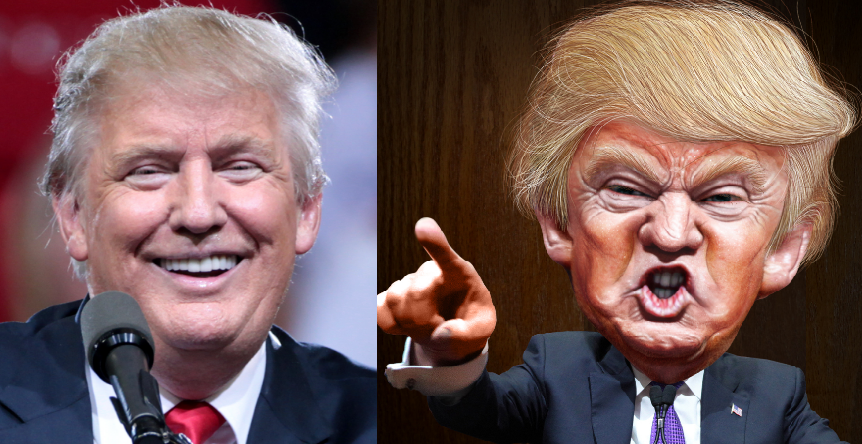By Michael O’Neill
Trade war threats followed by conciliatory messages whip-sawed FX markets and Wall Street since the beginning of March. Wall Street got the worst of it. On March 1, 2018, President Trump announced plans for new steel and aluminum tariffs, aimed at China, but encompassing Canada, Australia, Japan, South Korea, and others. That day, the Dow Jones Industrial Average fell 420 points, and the S&P 500 lost 1.33%. FX traders were not very concerned, although the greenback weakened against the major G10 currencies.
Since then, Wall Street volatility has accelerated with large back and forth, gains and losses. The US dollar price action has been more subdued. Only the Swiss franc has lost ground to the greenback since the first day of March. The Japanese yen and Australian dollars are very close to unchanged.
The North America Free Trade Agreement (NAFTA) renegotiations spawned headlines that oscillated between positive and negative. Canadian dollar and Mexican peso price movements mirrored the captions.
President Trump made nice with Canada, Mexico, and South Korea by exempting those nations from the steel and aluminum tariffs. However, his Mr Hyde persona exerted itself, and on March 22, he fired off a list of trade sanctions at China, affecting about $50 billion worth of products.

Good President; Bad President” Photo: IFXA Ltd and Google Images
Initially, China acted like the adult in Mr Trump’s day-care center. Their response was to place sanctions on about $3 billion worth of US imports. The sigh of relief across financial markets was premature.
On April 2, China retaliated in kind, levying 25 percent tariffs on $50 billion of US imports, including soybeans, corn, whiskey, tobacco, and some types of aircraft.
The news hit Wall Street hard. The day finished with the DJIA down 1.90%, S&P 500 off 2.24% and the NASDAQ losing 2.74%. The sell-off was exacerbated by the President’s verbal attacks on Amazon and because of poor liquidity on Easter Monday.
Prices rebounded over the next two days largely because of comments from National Economic Council Director Larry Kudlow. First the trade war and then the peace pipe.
Mr Kudlow said there wouldn’t be a trade war between the US and China. He characterized the President’s actions as the US finally fighting back against Chinese trade practices; from stealing intellectual property rights, and investment limitations. He said “There’s no trade war here. What you’ve got is the early stages of a process which will include tariffs, comments on the tariffs, then ultimate decisions, and negotiations. There’s already backchannel talks going on.” Mr Kudrow went on to say that he doubts if any concrete action would occur for several months. Wall Street rallied.
Cynics have suggested that the champion of “making America great again” may have taken notice of the equity market carnage. The DJIA was flirting with Barack Obama levels, which put the lie to his campaign slogan. Mr Trump needed a win, and the NAFTA renegotiations could be his ticket.
Suddenly, President Trump shifted from wanting to “terminate” the deal to pushing for the unveiling of an updated agreement at the Summit of the America’s in Peru on April 13 and 14.
His bluster, bluffing and threats brought Mexico and Canada to the table and perhaps that is what he is trying to achieve with China.
The Loonie may climb towards 80.00 cents (1.2500) against the US dollar if a NAFTA agreement outline is announced next week. Not because of any new trade benefits to Canada, but because it removes a shroud of uncertainty from the domestic economy.
The Bank of Canada could have justified raising the overnight rate at the March 7 meeting. They didn’t. They said “trade policy developments are an important and growing source of uncertainty for the global and Canadian outlooks.”
If a NAFTA outline is released next week at the Summit of the America’s, those uncertainties go away. The focus will revert to the domestic economy.
Last week’s January GDP data was a tad soft, but it was expected as most economists said the 2017 growth rate was unsustainable. Canada’s Trade deficit widened to $2.7 billion (forecast $2.1 billion), but some analysts see positives in the data. Imports rose, implying rising domestic demand. Neither the Trade or GDP will encourage the BoC to hike rates on April 18. However, a better than expected Canadian employment report on April 6, could keep the option on the table for July.
USDCAD technical analysis suggests that a short-term top occurred at 1.3125 when prices broke below the 1.2880 level. A decisive move below 1.2690 targets 1.2588 and then 1.2500.
Canada is still exposed to trade war risks, even if a NAFTA outline agreement is signed.Those risks may be overblown. President Trump appears to have passed a peace pipe to Canada and Mexico; perhaps, China is next on the list.





